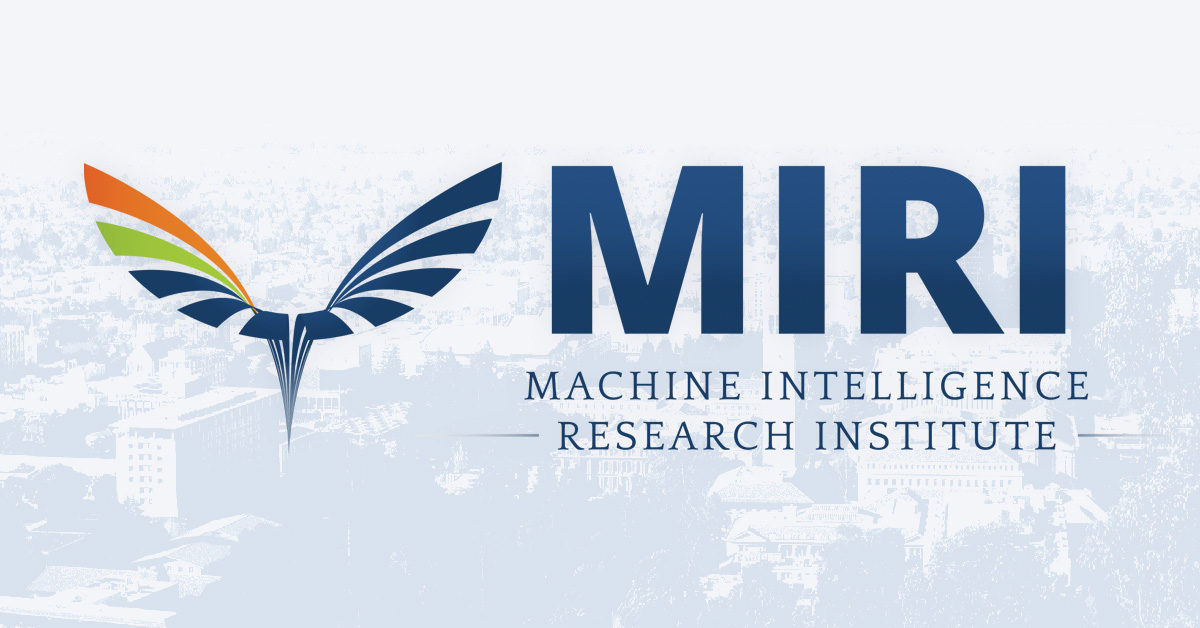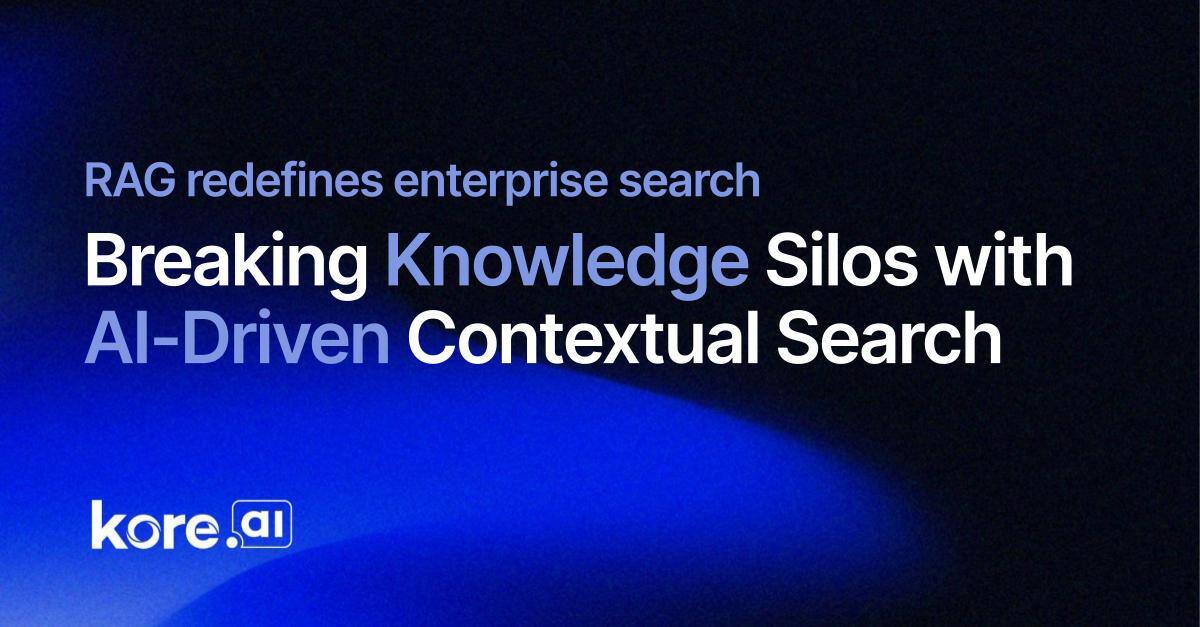CoAgents: A Frontend Framework Reshaping Human-in-the-Loop AI Agents for Building Next-Generation Interactive Applications with Agent UI and LangGraph Integration
With AI Agents being the Talk of the Town, CopilotKit is an open-source framework designed to give you a holistic exposure to that experience. It facilitates the integration of AI copilots into applications, enabling developers to create interactive AI-driven functionalities easily. It provides a robust infrastructure that rapidly deploys production-ready AI experiences ranging from a […] The post CoAgents: A Frontend Framework Reshaping Human-in-the-Loop AI Agents for Building Next-Generation Interactive Applications with Agent UI and LangGraph Integration appeared first on MarkTechPost.



With AI Agents being the Talk of the Town, CopilotKit is an open-source framework designed to give you a holistic exposure to that experience. It facilitates the integration of AI copilots into applications, enabling developers to create interactive AI-driven functionalities easily. It provides a robust infrastructure that rapidly deploys production-ready AI experiences ranging from a simple chatbot to a complex multi-agent system.
CopilotKit offers multiple core experiences, the most recent of which is CoAgents, which provides an Agent UI when building agentic applications. Imagine a system where you can collaboratively build complex projects alongside an AI that understands context, responds to your feedback, and adapts to evolving requirements in real-time. That’s precisely what CoAgents offers. Also, the strengths of CopilotKit and Langraph while using CoAgents allow users to build agent-native applications that can think, adapt, and collaborate with users in real-time.
CoAgents provide users with five core strengths:
- Seamless State Sync: With just one line of code, your app and agent stay perfectly in sync, ensuring that the agent instantly knows what the app knows.
- Agentic Generative UI or Agent UI: Build real-time, dynamic user interfaces that update based on your agent’s thinking. This feature promotes trust through transparency by showing intermediate agent states.
- Intermediate Agent State Streaming: This feature lets you peek into your agent’s processing steps in real-time, offering engaging and transparent experiences as progress unfolds.
- Human-in-the-loop (HITL): Implement smart checkpoints where humans can intervene and guide the agents. This is ideal for tasks requiring a human touch.
- Real-Time Frontend Actions: Integrate backend and frontend workflows to enable your agent to execute context-aware actions seamlessly within your application.
Let’s look into a demonstration covered by the CEO of CopilotKit, Atai Barkai, and team – CoAgents integrated with the powerful LangChain framework to create an AI agent capable of writing a complete children’s book. This AI agent can chat, create a story outline, generate characters, write chapters, and generate image descriptions, which can be utilized to create illustrations with DALL-E 3. Combining all these steps results in a fully fleshed-out children’s story, complete with narrative structure, compelling characters, and AI-generated artwork. When we look into how It works, there are mainly five steps to it:
- Story Outline Creation: We ask the AI agent to produce an outline for a children’s story. Our example features a kid from Earth traveling to Mars for space exploration. Within moments, the AI provides a structured outline in our web app, giving us a birds-eye view of the upcoming narrative.
- Dynamic Customization: The real power of CoAgents shines when changes are introduced. Instead of one kid going to Mars, we can seamlessly shift gears and ask for two kids—Alex and John—to travel to the Moon. The story outline instantly adjusts to the new requirements by confirming the updates with the AI. This two-way communication between the application and the AI makes it easy to iterate on the creative process.
- Real-Time Story and Character Creation: With the outline set, we instruct the AI to generate character profiles and write the actual chapters. Because CoAgents is fully integrated with LangChain, the story-writing process happens in real-time. As the AI works, each chapter appears in the app’s interface, allowing you to follow the story’s progress as it unfolds.
- Streaming Intermediate States: A standout feature of CopilotKit is the ability to stream intermediate states. You can watch each phase of the AI’s work in the chat window, from brainstorming ideas to polishing the final text. This transparency provides deeper insights into the AI’s reasoning and can help identify moments when human intervention is beneficial.
- State Control: Another advantage of CoAgents is the granular control over data visibility. Developers can decide which processes are exposed in the front end and which remain hidden for security or proprietary reasons. So, while the AI might generate style parameters for illustrations behind the scenes, the user only sees the final creative output.
This example demonstrates the unique possibilities and aspects that can be impacted in the frontend directly with CoAgents. You can explore other samples on the CopilotKit page, like Agent-Native Travel Planner (ANA) and Agent-Native Research Canvas (ANA) based on Agent-Native Applications (ANAs), which is an interesting exploration in itself. ANAs combine domain-specific agents, direct application integration, and user collaboration to deliver truly interactive, adaptive workflows. They extend beyond simple chat interfaces, using transparency and guided interactions to give users control while leveraging AI-driven assistance. This hybrid approach ensures context-awareness, intelligent recommendations, and seamless task execution within an app’s native environment. Rather than working in isolation, ANAs utilize human oversight at every stage to build trust, reduce errors, and streamline operations. This results in an engaging, efficient user experience that outperforms standalone copilots and fully autonomous systems, charting a new path for modern SaaS innovation and growth.
Now, let’s look into the quickstart on CoAgents; this guide assumes you’re familiar with using LangGraph to build agent workflows. If you need a quick introduction, check out this brief example from the LangGraph docs.
Getting started with CoAgents requires three prerequisites: familiarity with LangGraph for building agent workflows, a valid LangSmith API key, and a LangGraph agent implementation in Python or JavaScript. The system offers two deployment paths: the recommended LangGraph Platform, which supports local and cloud deployments, or the Copilot Remote Endpoint, which allows Python-only self-hosting via FastAPI.
Integration can be achieved through either Copilot Cloud or self-hosted runtime. The cloud integration process requires a LangGraph deployment URL and LangSmith API key. Users need to register their LangGraph agent through cloud.copilotkit.ai and configure Remote Endpoints for backend connections. Self-hosted runtime requires manual backend configuration and follows separate documentation.
The implementation can be verified by testing the chatbot Agent UI interface and confirming agent responses. For troubleshooting, users should verify the validity of their LangSmith API key, check the accessibility of the deployment URL, ensure proper environment configuration, and validate Remote Endpoint connections. These steps ensure a functional CoAgents implementation with proper backend communication.
In conclusion, CoAgents is a frontend framework developed by CopilotKit that enables companies to build agent-native applications with robust Agent UI features, ensuring complete real-time visibility into the agent’s actions. Its integrated “UI for your Agent” component provides transparent monitoring to foster user trust and prevent confusion during execution. CoAgents also supports advanced human-in-the-loop capabilities through shared state management between agents and applications, allowing developers to create agentic generative interfaces that dynamically respond to the agent’s evolving state. As a result, CoAgents stands out as the go-to solution for teams seeking to leverage powerful, dynamic Agent UI elements in their agent-native applications.
Sources
- https://docs.copilotkit.ai/?ref=github_readme
- https://docs.copilotkit.ai/coagents?utm_source=newsletter&utm_medium=marktechpost&utm_campaign=coagents-release
- https://github.com/CopilotKit/CopilotKit?utm_source=newsletter&utm_medium=marktechpost&utm_campaign=coagents-release
- https://www.youtube.com/watch?v=nBephBv4zr0
- https://dev.to/copilotkit
- https://blog.dailydoseofds.com/p/copilotkit-build-deploy-and-operate
- https://www.marktechpost.com/2024/10/02/copilotkits-coagents-the-missing-link-that-makes-it-easy-to-connect-langgraph-agents-to-humans-in-the-loop/
- https://www.copilotkit.ai/blog/build-full-stack-apps-with-langgraph-and-copilotkit
- https://www.copilotkit.ai/blog/new-wave-of-agent-native-apps
Thanks to the Tawkit team for the thought leadership/ Resources for this article. Tawkit team has supported us in this content/article.
The post CoAgents: A Frontend Framework Reshaping Human-in-the-Loop AI Agents for Building Next-Generation Interactive Applications with Agent UI and LangGraph Integration appeared first on MarkTechPost.





.png)













